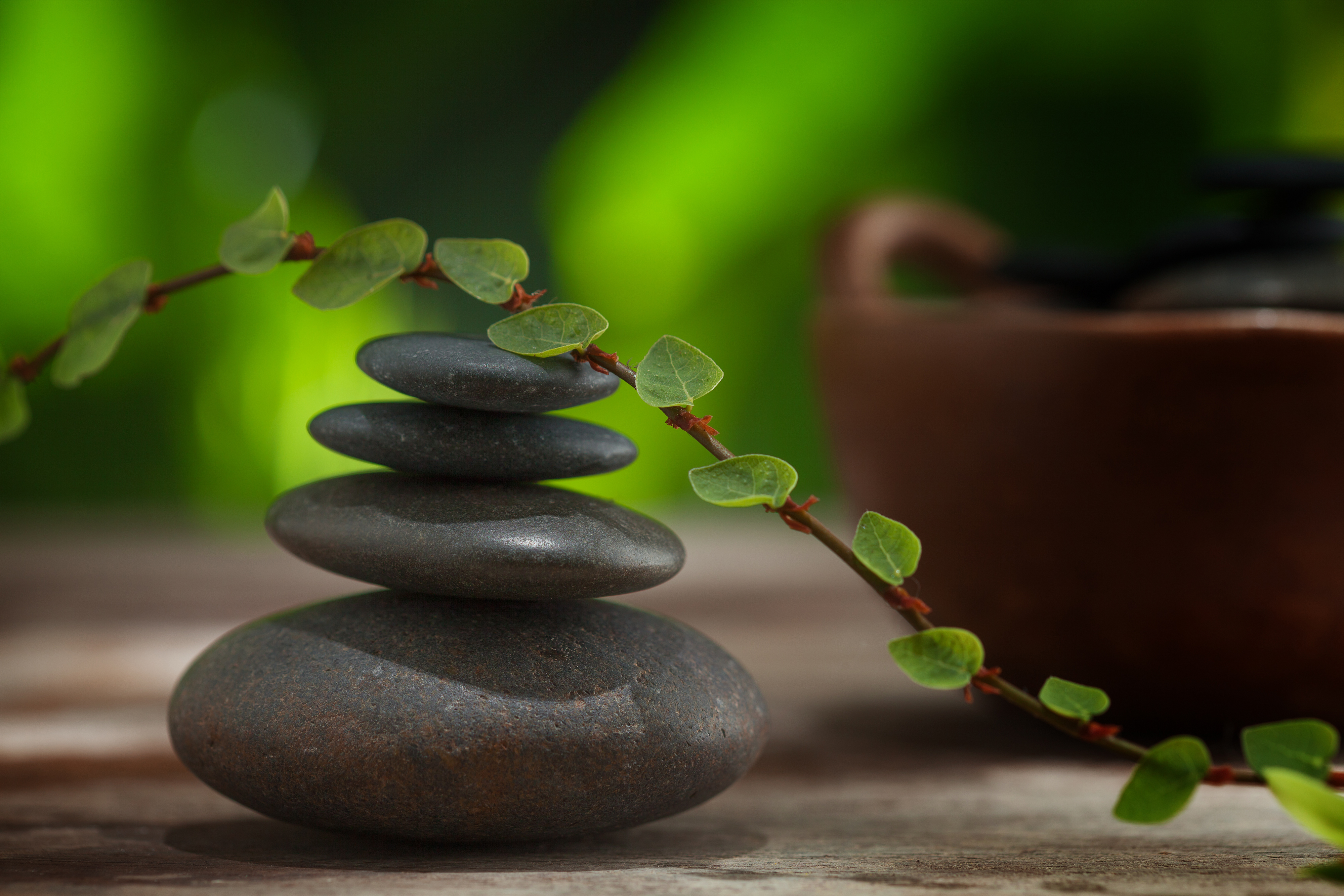
Heart pounding, tight muscles, pressure in your chest, knots in your stomach, fear of the worst happening, feeling hot and shortness of breath are some of the symptoms you may have when you're experiencing anxiety. I'm referring here to everyday stress and anxiety, not the clinically diagnosed type.
One of the most important things to know about ourselves as humans is that we're constantly seeking safety. Our nervous system is designed to keep us safe. A process called neuroception, conceived by psychologist and neuroscientist Stephen Porges, occurs outside our awareness and precedes perception (a conscious process) and is "the body scanning our environment for cues of safety and danger."
When we detect danger, internal alarm bells go off and we begin to feel the result on a physiological level. This is the fight or flight response of the sympathetic branch of our nervous system.
Stress chemicals such as cortisol and adrenaline are released into the bloodstream. Blood flow increases in the arms and legs and muscles tense to prepare for action, the heart beats quicker and harder. Blood flows away from the prefrontal cortex, which is the area of the brain responsible for executive processes such as problem solving, critical thinking and decision making.
This is why it's impossible to make reasonable decisions or have a productive conversation with someone while we're in this state. It's also very common for us to badger and criticize ourselves and wonder, "what's wrong with me, why do I react this way?"
The good news is that there's nothing wrong with you. You are human and this is how we all respond. Of course, we all are unique individuals with different life experiences, so we do react differently on a psychological level, but that's another topic for another time.
It's essential that we cultivate practices that allow us to take the time needed to let our bodies relax and feel safe before moving forward. When we're in safe mode our parasympathetic nervous system is online and activated.
So, how can we get back to safety?
For now, here are some extremely helpful tips to bring yourself into calm mode and engage the parasympathetic branch of your nervous system.
Check in with yourself frequently throughout the day and tune into how your body is feeling. You cannot assess how you're doing unless you pay attention, so this step is a must!
If you're having some of the above-mentioned symptoms, such as tightness or constriction anywhere in your body or shortness of breath, take note and apply one of the following:
- Take some deep breaths and make your exhalation longer than your inhalation This engages the parasympathetic branch of the nervous system and slows the heart rate.
- Move your body. There's lots of research supporting how essential movement is to assist in moving painful and negative emotions through the body. This can be walking, stretching, yoga, dance and any other physical activity you can think of.
- Tame your inner critic. Say positive and encouraging things to yourself, such as "you can move through this" and "I'm doing my best and this will pass."
- Go outside and ground yourself. Research shows being outdoors in nature for as little as a few minutes is highly beneficial. Grounding creates a sense of safety and stability.
- Go with the flow of your emotions. Remind yourself that it is normal to feel the spectrum of emotions. There's no way around it, pain and uncertainty are constants in life and the more we can rely on our practices to be okay with being uncomfortable, the faster we can move through these moments.
There's so much more that I'm excited to share with you in the coming weeks on how to create flexibility in your nervous system.
I wish you luck in getting started on your journey of emotional self-care, creating inner calm and bringing yourself back to your safe zone.
You got this!
Want the free downloadable guide to relieving anxiety?
Click the button to get these highly effective tools to creating calm right now!
